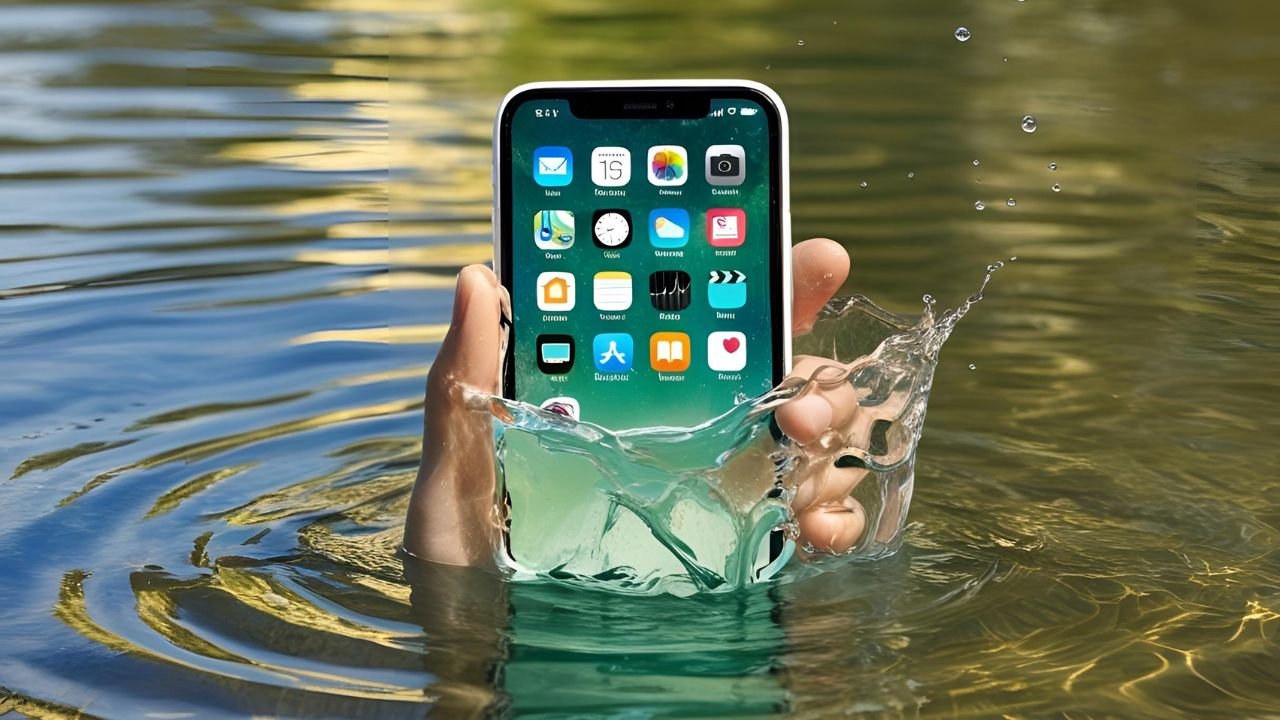Summary
Accidentally dropping your phone into water can be distressing. Immediate actions include powering off the device, removing external components, and drying it thoroughly. Avoid common myths if your Phone Falls in Water like using rice; instead, opt for silica gel packets to absorb moisture effectively. Understanding your phone’s water resistance rating can also help prevent future mishaps. If your phone doesn’t turn on after drying, seek professional assistance to prevent further damage.
Table of Contents
Immediate Steps After Water Exposure
1. Retrieve and Power Off
Quickly remove your phone from the water to minimize damage. Immediately power it off to prevent short circuits. Avoid pressing any buttons, as this can push water further into the device.
2. Remove External Components
Take off any protective cases if your Phone Falls in Water, and remove the SIM card and memory card if possible. This allows better airflow and prevents moisture from being trapped.
3. Dry the Exterior
Use a soft, absorbent cloth or paper towel to gently pat the phone dry. Avoid shaking the device, as this can spread water internally.
Drying the Interior
4. Use Silica Gel Packets
Place your phone in an airtight container filled with silica gel packets when your Phone Falls in Water. Leave it for at least 24–48 hours to allow the packets to absorb moisture effectively. This method is more reliable than the traditional rice method, which can introduce dust particles into the device.
5. Avoid Heat Sources
Do not use a hairdryer or place your phone in direct sunlight, as excessive heat can damage internal components. Instead, let it dry at room temperature in a well-ventilated area.
Assessing the Damage
6. Power On and Test
After ensuring the phone is completely dry, attempt to power it on. If it doesn’t turn on, try charging it. If the phone still doesn’t respond, it’s time to consult a professional to check for internal corrosion or other damages.
Understanding Water Resistance
Modern smartphones often come with water resistance ratings, such as IP67 or IP68. For instance, the iPhone 15 and Samsung Galaxy S21 have an IP68 rating, meaning they can withstand submersion in water up to a certain depth for a limited time. However, water resistance is not the same as waterproofing, and prolonged exposure can still cause damage.
When to Seek Professional Help
If your phone exhibits issues like the phone not turning on, unresponsive buttons, or distorted audio after drying, it’s advisable to seek professional assistance. At iRepair Mobiles Solihull, we specialize in diagnosing and repairing water-damaged phones, ensuring your device gets the care it needs.
Preventive Measures
- Use Waterproof Cases: Invest in a waterproof case to provide an extra layer of protection.
- Be Cautious Around Water: Avoid using your phone near pools, bathrooms, or during activities where it might get wet.
- Understand Your Device’s Limits: Know your phone’s water resistance rating and avoid exceeding those limits.
Conclusion
When your phone falls in water, every second counts. By staying calm and taking the right steps—like turning it off, removing the SIM and accessories, and using the silica gel method instead of risky tricks like rice—you can avoid making the problem worse. Knowing your device’s IP rating and avoiding use around pools, bathrooms, or places where it might get submerged helps prevent future accidents.
If your phone is not turning on even after drying, or you suspect internal corrosion, don’t delay—bring it to experts like iRepair Mobiles Solihull, where we deal with such emergencies every day. Your smartphone is a valuable part of your daily life—treating water damage with the urgency and care it deserves can mean the difference between a temporary fix and a costly replacement.



